Home>Furniture>Outdoor Furniture>How To Store Outdoor Cushions For The Winter
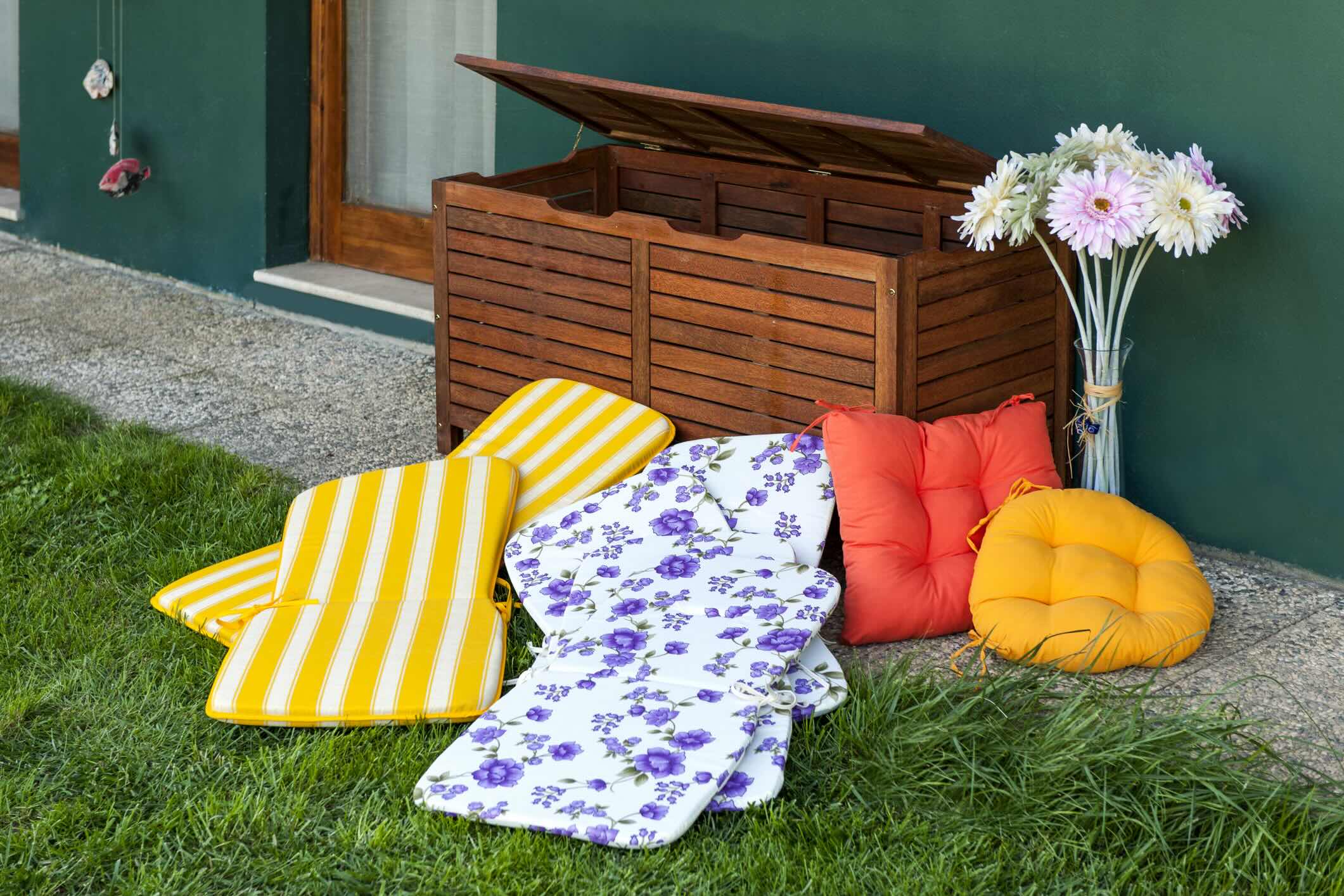

Outdoor Furniture
How To Store Outdoor Cushions For The Winter
Modified: March 23, 2024
Learn the best methods to store your outdoor cushions for the winter. Keep your #outdoor-furniture protected from the elements with these helpful tips.
(Many of the links in this article redirect to a specific reviewed product. Your purchase of these products through affiliate links helps to generate commission for Storables.com, at no extra cost. Learn more)
Introduction
As the winter season approaches, it’s important to protect your outdoor furniture, including your cushions, from the harsh elements. Outdoor cushions not only provide comfort and style to your outdoor living space, but they also require proper care to ensure their longevity.
In this article, we will provide you with a comprehensive guide on how to store outdoor cushions for the winter. By following these steps, you can keep your cushions in excellent condition and ready for use when the warmer weather returns.
So, let’s dive in and learn how to properly store your outdoor cushions to protect your investment and enjoy their comfort for years to come.
Key Takeaways:
- Properly storing outdoor cushions for winter ensures they stay clean and undamaged, ready for use when warmer weather returns. Follow these steps to protect your investment and enjoy comfort for years to come.
- Cleaning, inspecting, and storing outdoor cushions in a dry, covered, and upright position helps maintain their quality and extend their lifespan. Check on them periodically to catch any issues early on.
Read more: How To Store Outdoor Cushions
Step 1: Clean the Cushions
Before storing your outdoor cushions, it’s crucial to clean them thoroughly. Over time, dust, dirt, and other debris can accumulate on the cushions, which can lead to staining and deterioration if left unaddressed. Follow these steps to ensure your cushions are clean and ready for storage:
- Start by removing any loose dirt or debris from the cushions. You can use a brush or a vacuum cleaner with a brush attachment to gently remove the surface dirt.
- If your cushions have removable covers, follow the manufacturer’s instructions for cleaning them. Most covers can be machine washed on a gentle cycle with mild detergent and cold water. Make sure to remove any straps or attachments before washing.
- For cushions without removable covers, create a cleaning solution by mixing a mild detergent, such as dish soap, with warm water.
- Using a soft-bristle brush or sponge, lightly scrub the cushions with the cleaning solution. Be thorough but gentle, especially if your cushions are made of delicate fabric.
- Rinse the cushions thoroughly with clean water to remove any residue from the cleaning solution.
- Allow the cushions to air dry completely before moving on to the next step. Avoid exposing them to direct sunlight as this can cause fading or damage to the fabric.
By cleaning your cushions before storage, you not only remove dirt and stains but also prevent any potential mold or mildew growth during the winter months. Clean cushions will also be more pleasant to use when the outdoor season returns, providing a fresh and inviting feel to your outdoor space.
Step 2: Remove Dust and Debris
In addition to cleaning your outdoor cushions, it’s important to remove any remaining dust and debris to prevent them from getting trapped and causing damage during storage. Here are some steps to effectively remove dust and debris from your cushions:
- Start by gently shaking the cushions to dislodge any loose dirt or debris. You can do this outdoors or in a well-ventilated area to avoid spreading dust around your living space.
- Next, use a soft-bristle brush or a handheld vacuum cleaner with a brush attachment to remove any remaining dust or debris from the cushion surfaces. Make sure to get into the crevices and seams to ensure a thorough clean.
- If there are any stubborn stains or spots on the cushions, you can use a mild stain remover or a mixture of water and vinegar to spot clean them. Apply the solution to a clean cloth and gently blot the affected area. Avoid rubbing or scrubbing vigorously, as this can damage the fabric.
- Once you have removed all the dust and debris from the cushions, give them a final shake or quick vacuum to ensure they are as clean as possible.
Removing dust and debris from your cushions not only helps keep them clean but also prevents these particles from settling in the fabric fibers and causing potential damage during storage. By taking the time to thoroughly clean and remove dust, you can ensure that your cushions will be in excellent condition when you are ready to use them again.
Step 3: Inspect for Any Damage
Before storing your outdoor cushions, it’s essential to inspect them for any signs of damage. Identifying and addressing any issues early on can help prevent further deterioration and ensure that your cushions stay in good condition. Here’s how to inspect your cushions for damage:
- Examine the fabric of the cushions for any tears, fraying, or holes. Pay close attention to the seams and edges, as these areas are more prone to damage. If you find any minor tears, they can usually be repaired using a fabric patch or an adhesive specifically designed for textiles.
- Check for any mold or mildew growth, especially if your cushions were not properly cleaned and dried before storage. If you notice any signs of mold or mildew, it’s essential to address the issue promptly. You can use a mixture of water and vinegar or a mildew cleaner to remove the growth. Follow the manufacturer’s instructions for safe and effective use.
- Inspect the cushion filling for any lumps or unevenness. Over time, the filling material may shift or compress, affecting the cushion’s comfort and support. Gently fluff and redistribute the filling to ensure an even distribution.
- Take note of any structural damage to the cushion, such as broken zippers or loose buttons. These issues should be repaired before storing the cushions to prevent further damage and make using them easier when the outdoor season returns.
By inspecting your cushions for any damage, you can address any issues promptly and ensure that they remain in good condition throughout winter storage. Regular maintenance and repairs will help extend the lifespan of your cushions and enhance your outdoor seating experience.
Step 4: Store in a Dry Location
Choosing the right location for storing your outdoor cushions is crucial in ensuring their protection during the winter months. It’s essential to find a dry location that is sheltered from moisture to prevent any mold, mildew, or water damage. Here’s how to store your cushions in a dry location:
- Avoid storing your cushions in areas prone to dampness or high humidity, such as basements or unventilated storage units. Moisture can seep into the cushions and lead to mold and mildew growth.
- If possible, store your cushions indoors where the temperature and humidity levels are controlled. This could be a storage room, garage, or any other dry area in your home.
- If you don’t have indoor storage space available, consider using a dedicated outdoor storage shed or a waterproof storage box specifically designed for outdoor furniture. These options provide protection from the elements and minimize exposure to moisture.
- Ensure that the storage location is clean and free from any potential sources of damage, such as sharp objects or pests. Keeping the area tidy will help prolong the lifespan of your cushions.
By storing your outdoor cushions in a dry location, you can minimize the risk of damage and maintain their quality during the winter months. Proper storage will ensure that your cushions are ready for use when the weather warms up, providing you with a comfortable and inviting outdoor seating area.
Read more: How To Store Cushions For Outdoor Furniture
Step 5: Keep Cushions Covered
Once you have found a suitable storage location for your outdoor cushions, it’s important to keep them covered during the winter months. Covering your cushions provides an extra layer of protection against dust, dirt, and potential damage. Here’s how to keep your cushions covered:
- Invest in high-quality, breathable cushion covers specifically designed for outdoor furniture. These covers are typically made from weather-resistant materials that allow air circulation, preventing the buildup of moisture and mold.
- Ensure that the cushion covers fit snugly to provide full coverage. Loose-fitting covers may allow dust and debris to enter and potentially damage the cushions.
- If your cushions don’t have removable covers, you can use large plastic bags or tarps to protect them. Wrap the cushions tightly and secure the covers with zip ties or bungee cords to keep them in place.
- Label or mark the covers or bags to easily identify which cushions they belong to. This will make it easier to locate and retrieve the cushions when the outdoor season returns.
Keeping your outdoor cushions covered is an essential step in maintaining their cleanliness and ensuring their longevity. By protecting them from dust, dirt, and other potential sources of damage, you can enjoy fresh and well-preserved cushions when it’s time to bring them back out for outdoor use.
To store outdoor cushions for the winter, make sure they are completely dry, then store them in a dry, well-ventilated area away from direct sunlight to prevent mold and mildew. Cover them with a breathable, waterproof cover for extra protection.
Step 6: Avoid Exposure to Extreme Temperatures
Extreme temperatures can have a detrimental effect on outdoor cushions, causing them to deteriorate more quickly. It’s important to protect your cushions from both excessive heat and freezing cold temperatures. Here’s how to avoid exposure to extreme temperatures:
- Avoid placing your cushions near sources of direct heat, such as fire pits or grills. Prolonged exposure to high temperatures can cause the fabric to fade and weaken, affecting its overall durability.
- If you live in an area with harsh winters, it’s advisable to store your cushions indoors where the temperature is controlled. Freezing temperatures can cause the fabric to become brittle and may lead to cracking or tearing.
- For cushions that need to be stored outdoors, consider using insulation or thermal blankets to provide an extra layer of protection against the cold. These coverings can help regulate the temperature and reduce the risk of damage from freezing temperatures.
- Avoid storing cushions in areas that are directly exposed to sunlight. Prolonged exposure to UV rays can cause fading and deterioration of the fabric, reducing their overall lifespan.
By being mindful of extreme temperatures and their potential impact on your outdoor cushions, you can ensure that they remain in good condition throughout the winter season. Proper storage and protection will help maintain the quality and extend the lifespan of your cushions, allowing you to enjoy them for many outdoor seasons to come.
Step 7: Store Cushions in a Vertical Position
Storing your outdoor cushions in a proper position can help maintain their shape and prevent any potential sagging or deformities. Storing them in a vertical position is ideal for maximizing space and preserving the cushion’s integrity. Here’s how to store your cushions in a vertical position:
- Remove any additional padding or inserts from the cushions, such as foam or stuffing. These can be stored separately to maintain their shape and prevent compression.
- Stack the cushions vertically, one on top of the other, with the largest cushion at the bottom and the smallest cushion at the top. This approach helps to distribute the weight evenly and prevents any unnecessary pressure on the cushions.
- Consider using cushion storage bins or organizing shelves to keep the cushions in an upright position. These storage solutions provide better support and stability, ensuring that the cushions retain their shape during the storage period.
- Avoid leaning or stacking too many cushions together, as this can lead to excessive pressure and deformations. If you have an extensive cushion collection, it’s best to separate them into multiple storage containers or organize them using dividers.
Storing your outdoor cushions in a vertical position helps to maintain their shape and prevents them from flattening over time. By following this storage method, you can ensure that your cushions will be ready to provide maximum comfort when the outdoor season returns.
Step 8: Use Storage Bags or Containers
Using storage bags or containers is a great way to keep your outdoor cushions organized and protected during the winter months. These storage solutions provide an extra layer of defense against moisture, dust, and potential damage. Here’s how to utilize storage bags or containers for your cushions:
- Invest in high-quality storage bags or containers that are specifically designed for outdoor furniture cushions. Look for options that are weather-resistant, durable, and offer protection against moisture and pests.
- Ensure that the bags or containers are clean and dry before placing your cushions inside. Any moisture or dirt can potentially damage the cushions during storage.
- Before placing the cushions in the bags or containers, ensure they are completely dry and free from any moisture. Moisture trapped inside can cause mold or mildew growth.
- If using a storage bag, insert the cushions carefully and seal the bag tightly, removing as much air as possible to prevent any potential moisture buildup. If using a container, place the cushions inside and securely close the lid.
- Label the bags or containers to easily identify the contents during retrieval. This will save time and effort when you need to access your cushions for the next outdoor season.
- Store the bags or containers in a dry and well-ventilated area, preferably indoors. This will provide an additional layer of protection against moisture and extreme temperatures.
Using storage bags or containers ensures that your outdoor cushions remain clean, dry, and protected from any potential damage. These solutions help to prolong the life of your cushions and make storing and retrieving them a breeze when the outdoor season returns.
Read more: How To Winterize An Outdoor Faucet
Step 9: Consider Using Moisture Absorbers
To further protect your outdoor cushions from moisture and potential damage, you may want to consider using moisture absorbers. These handy products are designed to absorb excess moisture in the surrounding environment, helping to prevent mold, mildew, and musty odors. Here’s how to use moisture absorbers for your cushion storage:
- Purchase moisture absorbers specifically formulated for enclosed spaces. There are various types available, including silica gel, activated charcoal, and calcium chloride.
- Place the moisture absorbers in the storage bags or containers alongside your cushions. Follow the manufacturer’s instructions carefully for the recommended number of absorbers based on the size of your storage space.
- Ensure that the moisture absorbers are not in direct contact with the cushions to avoid any potential damage or staining.
- Check the moisture absorbers periodically and replace them as needed. The absorbers will become saturated over time, losing their effectiveness in absorbing moisture.
- Dispose of the used moisture absorbers according to the manufacturer’s instructions. Some can be safely discarded in regular household waste, while others may require specific disposal methods.
Using moisture absorbers can help create a drier environment for your stored cushions, reducing the risk of mold, mildew, and musty smells. These products are particularly beneficial when storing cushions in humid or damp areas. By taking this extra step, you can ensure that your cushions are well-protected and ready for use when the outdoor season returns.
Step 10: Check on the Cushions Periodically
Even though your outdoor cushions are safely stored away, it’s important to periodically check on them throughout the winter storage period. This allows you to ensure that they are in good condition and address any issues promptly. Here’s how to check on your cushions periodically:
- Set a reminder to check on your stored cushions every few weeks or once a month. This will help you stay proactive in maintaining their condition.
- Inspect the storage area for any signs of moisture, mold, or pest infestation. If you notice any issues, take immediate action to address them and prevent further damage.
- Check for any changes in the condition of the cushions, such as new stains, tears, or fading. Promptly address any issues by cleaning or repairing the cushions as needed.
- Ensure that the storage bags or containers are still securely sealed and that the cushions remain in an upright position.
- If using moisture absorbers, check their effectiveness and replace them if they have become saturated.
- Take this opportunity to reorganize and tidy the storage area, ensuring that everything is well-kept and accessible.
By checking on your stored cushions periodically, you can catch any potential problems early on and prevent further damage. This proactive approach helps ensure that your cushions will be in excellent condition and ready to use when the outdoor season arrives.
Conclusion
Properly storing your outdoor cushions for the winter is essential to maintain their quality, extend their lifespan, and ensure that they are ready for use when the warmer months return. By following the step-by-step guide outlined in this article, you can protect your cushions from damage, moisture, and the harsh elements.
Start by thoroughly cleaning the cushions and removing any dust and debris. Inspect them for any damage and address it promptly to prevent further deterioration. Find a dry storage location, whether indoors or in a weather-resistant container. Keep the cushions covered with breathable covers to shield them from dust and dirt.
Avoid exposing your cushions to extreme temperatures and consider using moisture absorbers to prevent mold and mildew growth. Store them in a vertical position to maintain their shape, and use storage bags or containers for added protection. Lastly, check on your cushions periodically to ensure they remain in good condition.
By following these steps and taking the time to properly store your outdoor cushions, you can enjoy their comfort and beauty for years to come. Not only will they be well-preserved during the winter months, but they will also be ready to enhance your outdoor living space when the weather allows.
Remember, the investment you make in properly storing and caring for your outdoor cushions will pay off in the long run. Your cushions will maintain their durability, appearance, and comfort, allowing you to create an inviting outdoor oasis year after year.
Frequently Asked Questions about How To Store Outdoor Cushions For The Winter
Was this page helpful?
At Storables.com, we guarantee accurate and reliable information. Our content, validated by Expert Board Contributors, is crafted following stringent Editorial Policies. We're committed to providing you with well-researched, expert-backed insights for all your informational needs.
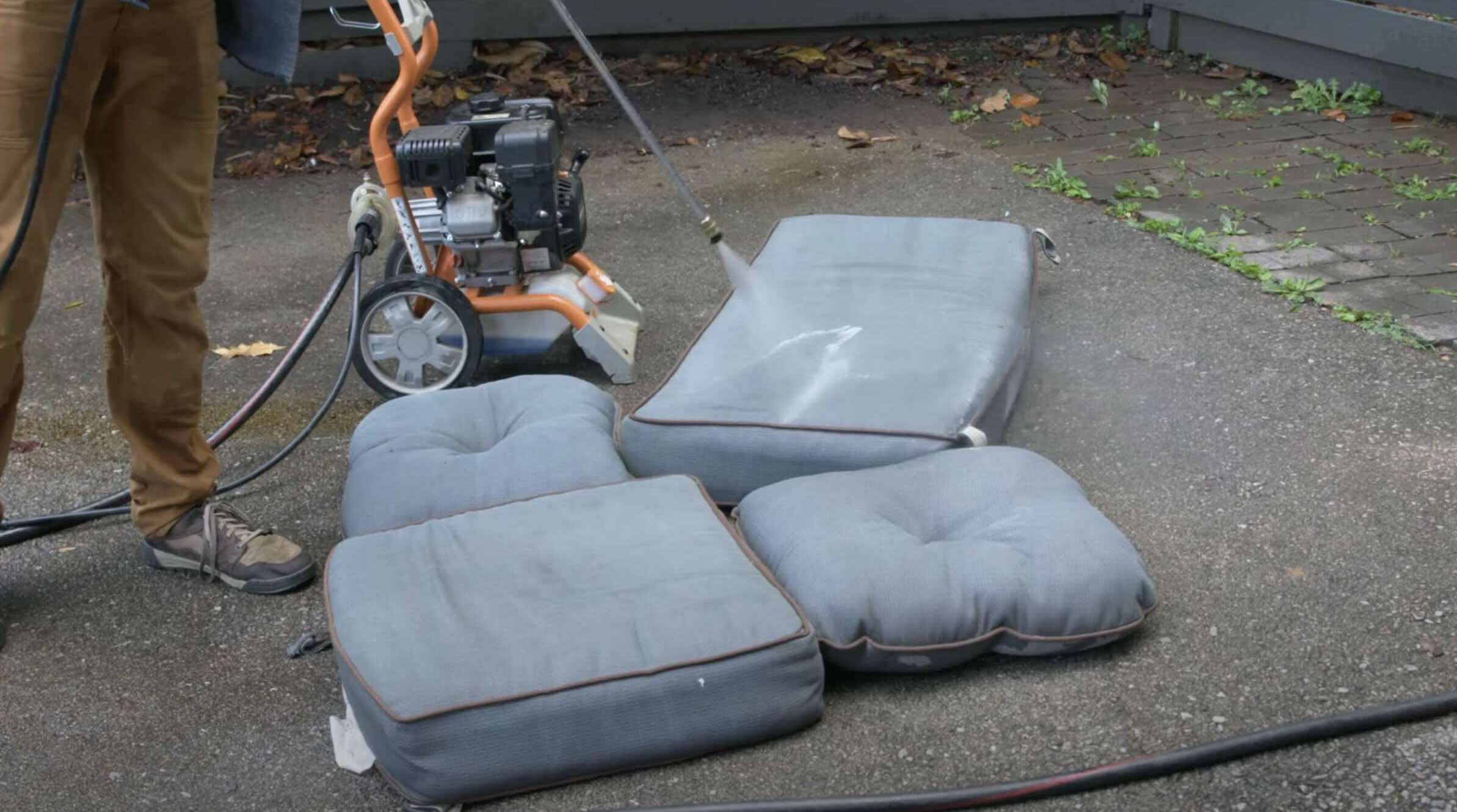
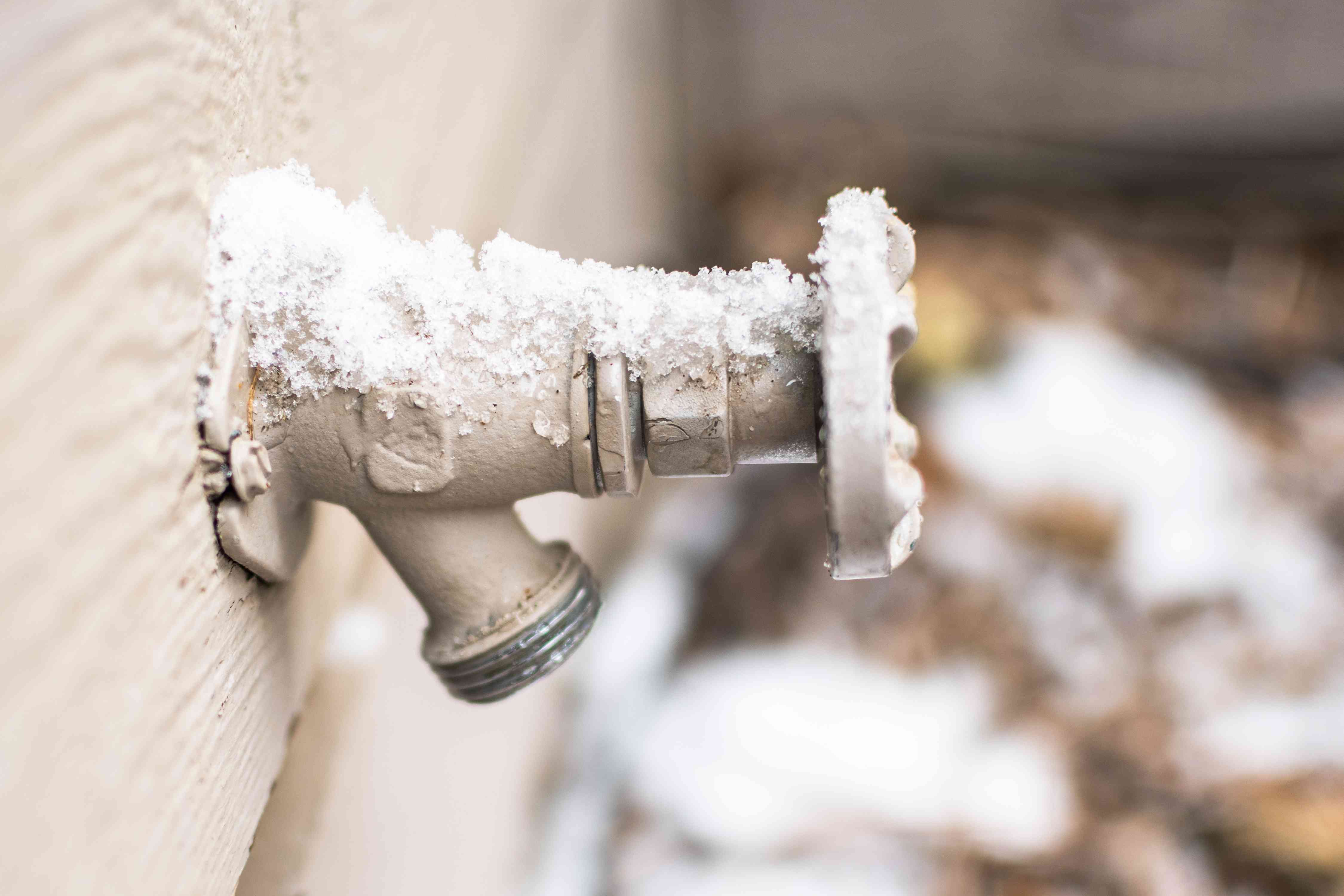



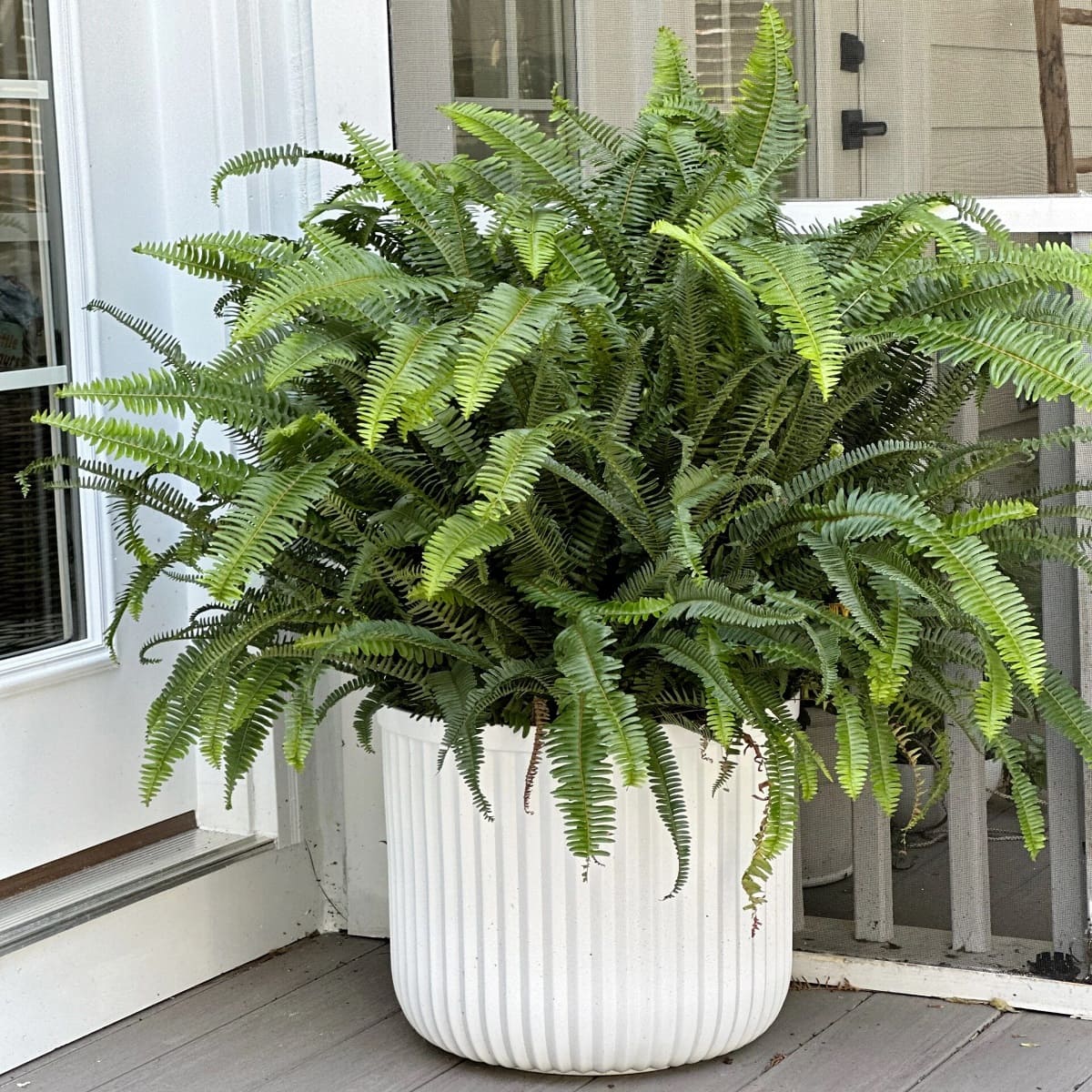



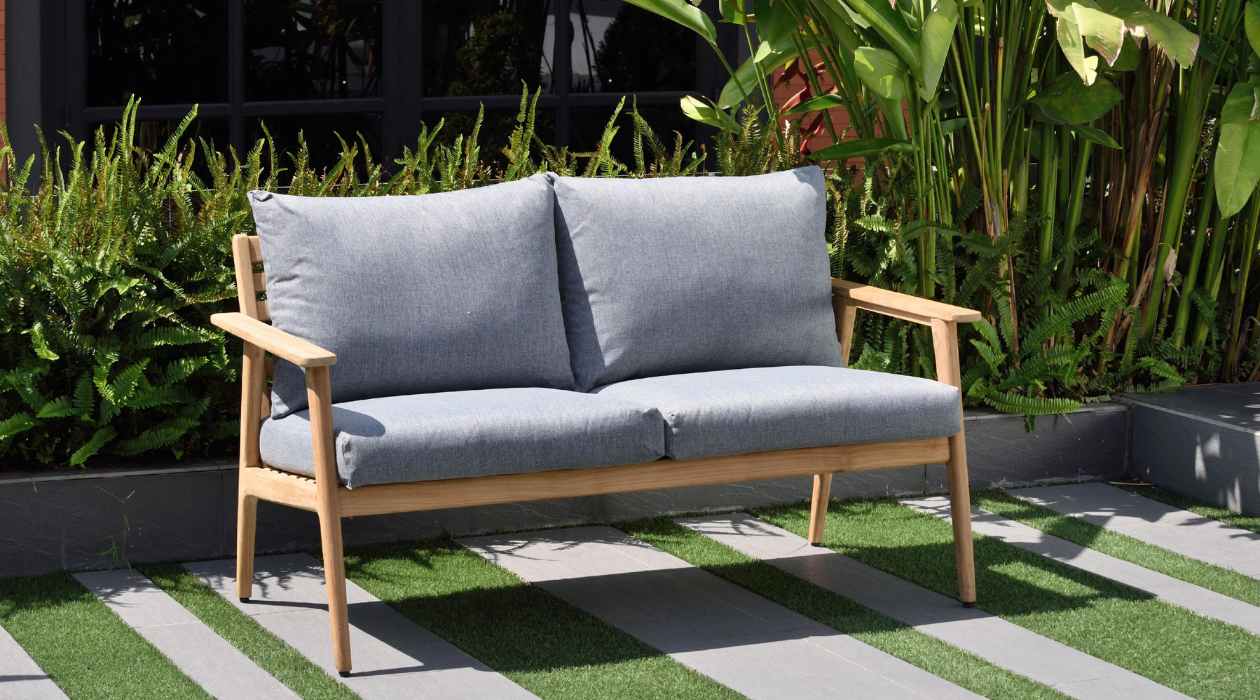
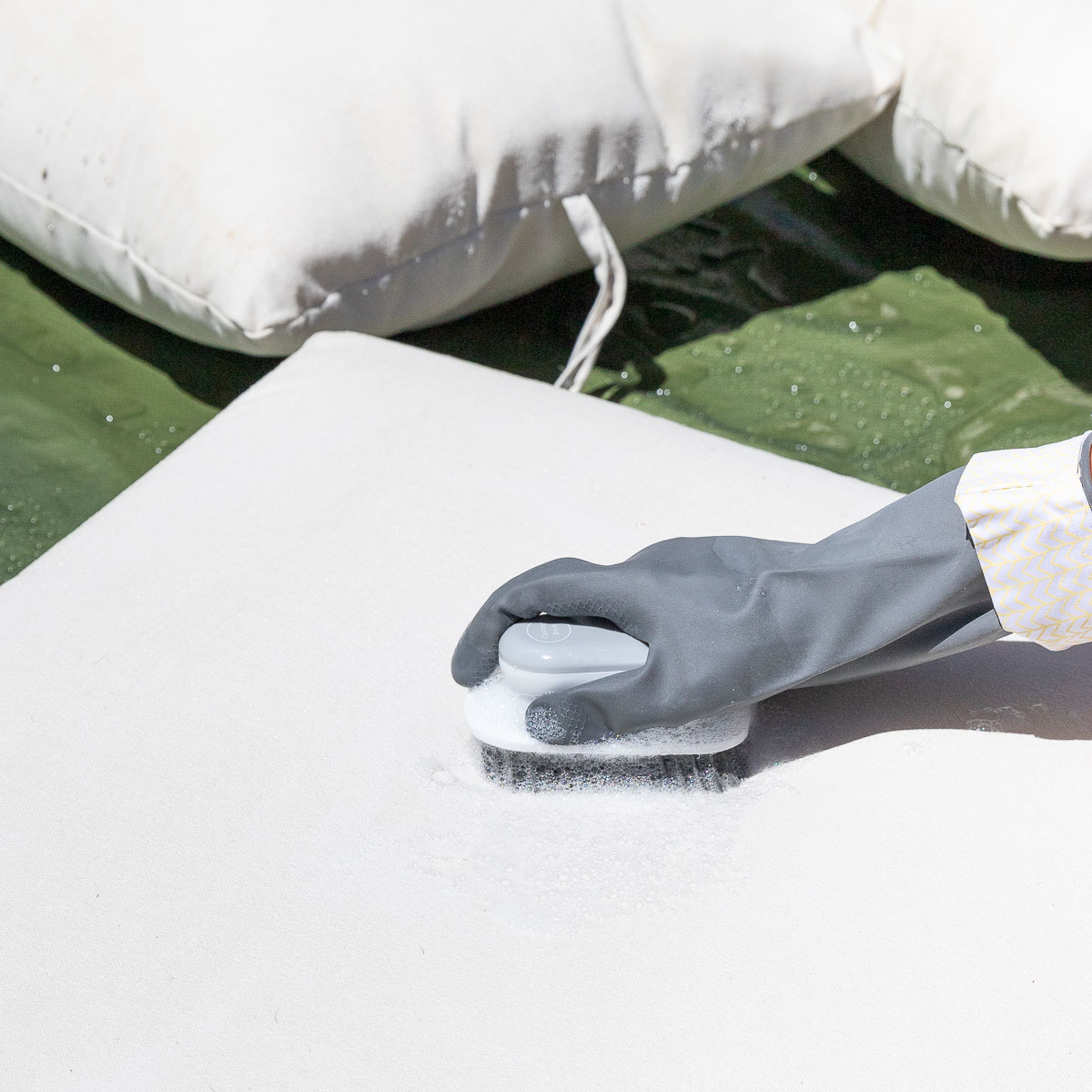



0 thoughts on “How To Store Outdoor Cushions For The Winter”